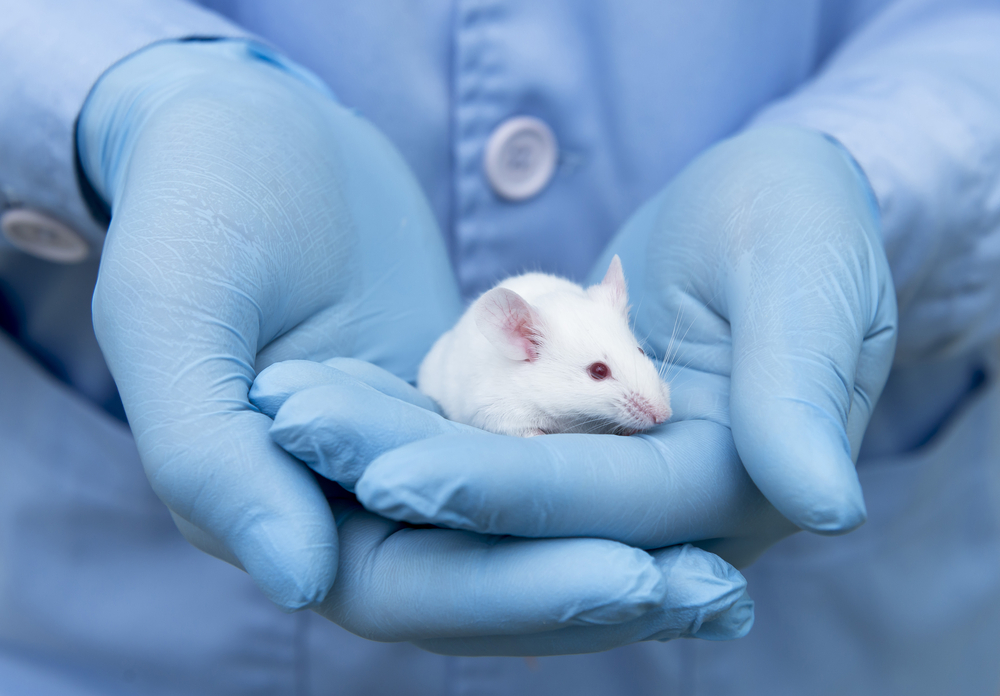Potential IPF Therapy Remlarsen Mimicking RNA Molecule Effective in Mouse Model

An idiopathic pulmonary fibrosis (IPF) treatment candidate that mimics a tiny RNA molecule lowered the production of key profibrotic proteins and blocked fibrosis development in a mouse model of the disease.
The data was presented recently at the 2019 American Thoracic Society (ATS) Conference in Dallas, in a poster titled “Next generation miR-29 mimics as a therapy for pulmonary fibrosis.”
MicroRNA-29 is found at lower levels in patients with fibrosis (scarring) in the lungs, skin, heart, kidney, liver, and eyes, as well as in those with scleroderma. As miRNAs block gene expression, the lower amount of microRNA-29 leads to increased production of extracellular matrix proteins, which provide structural and biochemical support to cells, and of profibrotic molecules.
Remlarsen (or MRG-201), a first-generation microRNA-29 mimic developed by miRagen Therapeutics, has shown anti-fibrotic activity in humans and rats, but is not optimized for systemic delivery.
Aiming to develop a second-generation microR-29 replacement amenable for systemic administration, the team used the bleomycin-induced mouse model of pulmonary fibrosis, and found that its new modified microRNA-29 mimic lowered the expression of profibrotic genes known to be targets of microRNA-29. Such a decrease also was observed in other molecules that promote fibrosis, including connective tissue growth factor.
The Pulmonary Fibrosis News forums are a place to connect with other patients, share tips and talk about the latest research. Check them out today!
Whole lung scans revealed that the lower production of these biomarkers was associated with a significant blockage of the pro-fibrotic response. This resulted in a nearly 50% inhibition of collagen deposition, a key event in fibrosis, on day 21 of treatment. Also, unlike untreated mice, those receiving the compound showed normal structure of the lungs’ tiny air sacs (alveoli).
Importantly, compared to remlarsen, the new compound showed improved stability.
“We are encouraged by the data presented from several in vivo studies of our second-generation microRNA-29 mimic. These data demonstrate efficacy in blunting the fibrotic response in the bleomycin model of pulmonary fibrosis in mice,” Paul Rubin, MD, miRagen’s executive vice president of research and development, said in a press release.
“Considering the data from these studies, we believe that our lead compound has the potential to be efficacious in the treatment of IPF when administered systemically at considerably lower doses compared to other compounds we have tested in previous pre-clinical studies,” Rubin said.
Naftali Kaminski, MD, a professor at Yale School of Medicine, commented that, coupled with prior observations in IPF patients, these results “support the role of microRNA-29 in pathologic fibrosis, as well as the use of microRNA-29 replacements as potential therapeutics in pulmonary fibrosis.”
“I am very excited about the potential role of miRagen’s microRNA-29 mimics, which is being facilitated by our collaboration through the NIH-[National Heart, Lung, and Blood Institute] funded CADET program,” added Kaminski, who also is the chief of pulmonary, critical care, and sleep medicine at Yale’s Department of Medicine.







